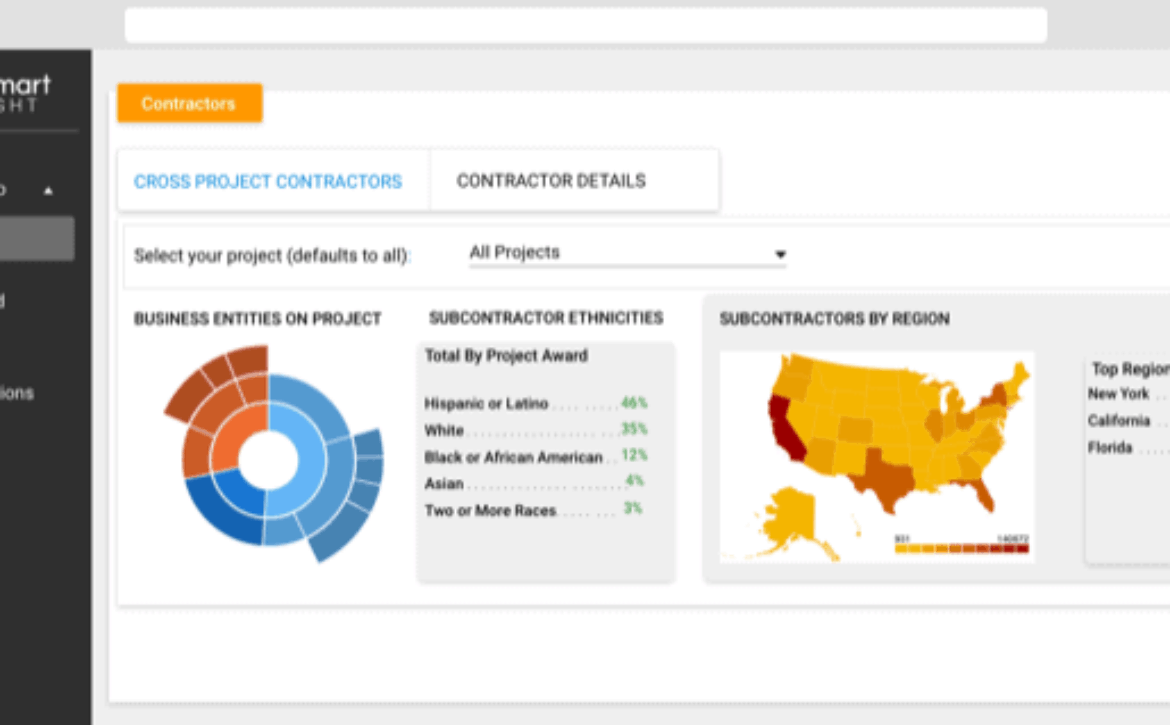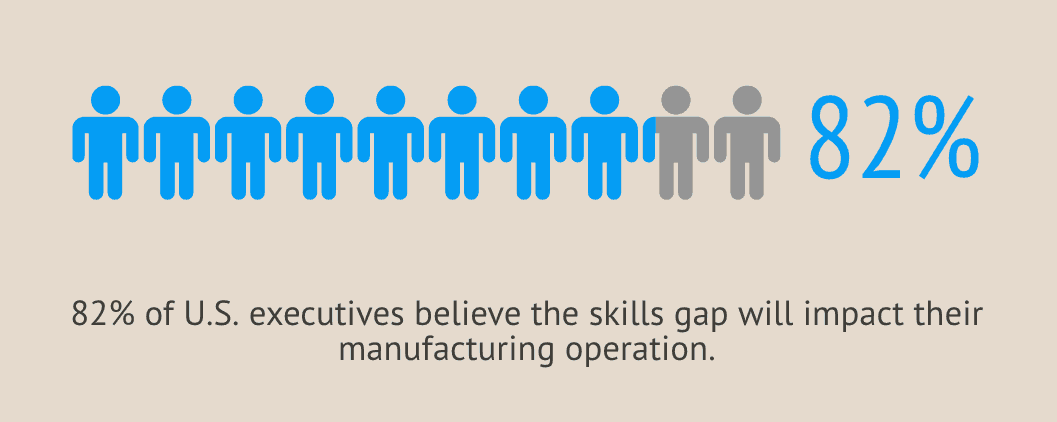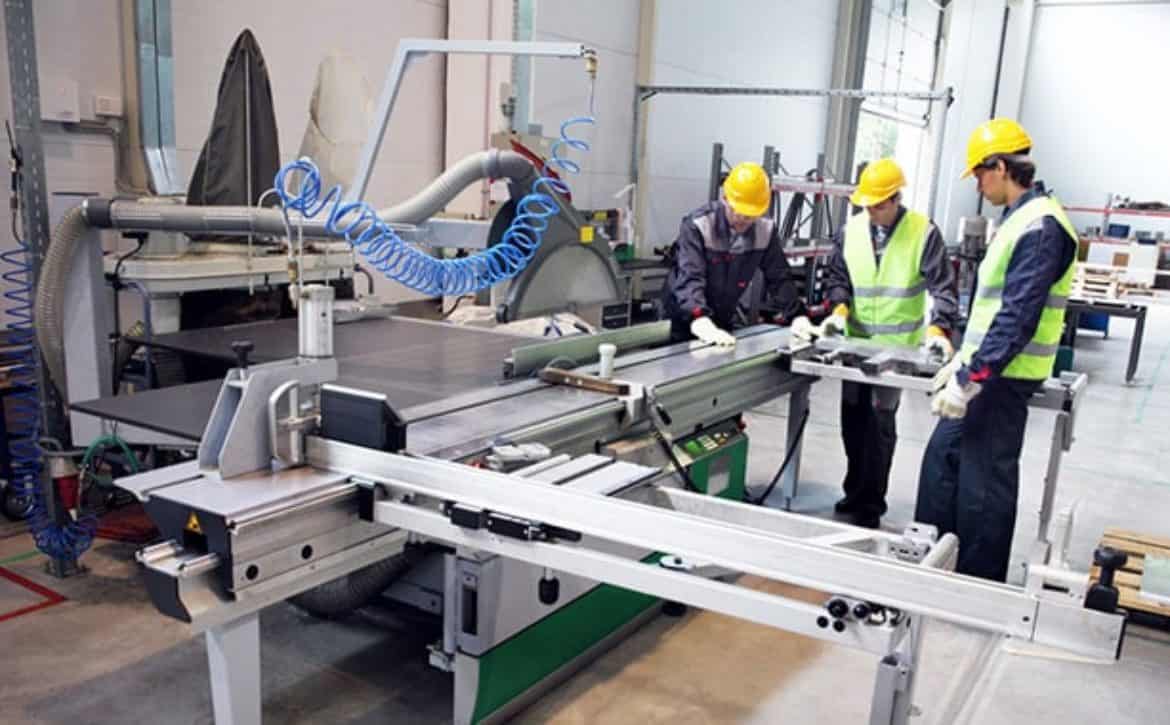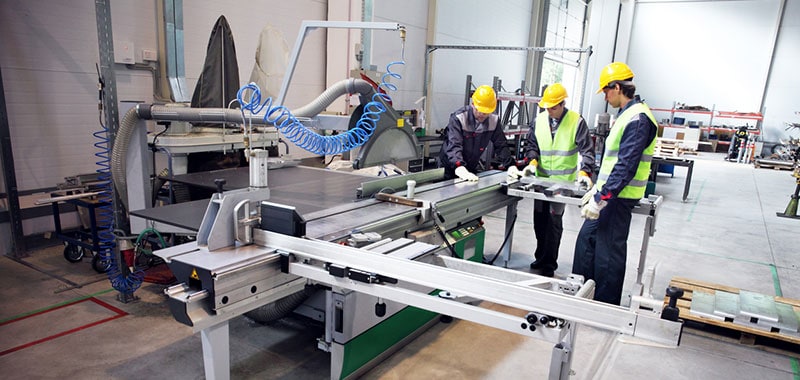Stimulus Is About More Than Size – It’s About Impact
Congress and President Trump have approved a $2.2 trillion stimulus package which is nearly half the spending of our entire annual federal budget. Amazingly, this will just be the beginning of stimulus spending. The Senate Majority Leader, Mitch McConnell, recently stated “This isn’t even a stimulus package,” he said. “It is emergency relief. Emergency relief. That’s what this is.”
Given the focus on infrastructure over the last few years, it appears that any stimulus package will include the infrastructure industry and its propensity for shovel ready projects that can start immediately. To be clear, these sorts of large stimulus packages are a good thing in response to our current economic state; they are necessary but not sufficient.
As policy makers debate the appropriate policy levers to exercise and the amounts those levers will make available to states and communities, they must remember that how stimulus funds are distributed and how those funds are tracked while the projects are ongoing will influence the desired economic impact.
Too often, the economic benefits promised by stimulus spending do not actually accrue to the impacted communities or their residents. Stimulus legislation must require funds be disseminated through a transparent process with participation goals for local and diverse vendors and residents to achieve equitable distribution of stimulus funds and the desired community impact.
The impact of development is generally measured by project or investment size – for example, an $800M stadium project or a $1T infrastructure package. But as we seek to recover from this crisis the size of the stimulus package can’t be the full story. These capital injections must be able to tell us how investments built more than just a stadium, a bridge, or a highway. They must also catalyze communities to employ diverse contractors and vendors, and ensure individuals from impacted communities can upskill, work and earn a good wage. While these will be stated goals of the capital projects these outcomes don’t just happen. They require intentionality and transparency.
The recipients of federal stimulus funds should have specific goals regarding their engagement of the local workforce and local and diverse vendors, and by requiring regular, transparent reporting on their progress toward those goals it will ensure:
- Stimulus Spending Benefits the Community. Set local workforce engagement goals and have an accountability framework to incent the recipients of federal funds to engage local communities and encourage investment in workforce development programs that will build pathways to economic opportunity.
- Equitable Distribution of Economic Stimulus: Small businesses often lack the opportunity to participate in large capital work. By incenting local and diverse vendor participation legislators will ensure a more equitable distribution of resources beyond large prime contractors to the vendors most closely connected to the community most likely to attract and retain a diverse, local workforce.
- Real Time Data Guides Decision-Making: Collecting real-time data will provide project administrators with the ability to make more-informed hiring and resource decisions. Real-time data will allow project managers and policy-makers throughout the life of a project to evaluate a project’s progress toward its goals and to engage the small business community and workforce infrastructure to achieve better outcomes.
- The Elimination of Fraud and Wage Theft: Fraud and wage theft exist on projects across America. By requiring a platform for regular reporting during the project, legislators will be able to track payments between contractors ensuring economic stimulus dollars are making their way to the entities doing the work, and will also be able to track payroll records to ensure compliance in wage amounts and root out wage theft to some of our most vulnerable communities.
Local and minority contractors and businesses must have the opportunity to rebuild our communities and employ hardworking Americans from where these projects will take place. Contractors and subcontractors should be expected to utilize local hiring preferences and subcontractors should receive prompt payment when services are rendered. Effective enforcement tools must be legislated to ensure transparency, build trust, root out fraud, and track the impact of the localized impact of the stimulus.
Setting goals and incorporating accountability mechanisms isn’t completely novel, but the scale of the proposed stimulus spending creates a unique opportunity to catalyze recovery in our impacted communities. We must build on what’s been done before, provide greater guidance to entities that will receive funds to achieve consistency and transparency, allow for communities hardest hit by the effects of the COVID-19 to benefit from the stimulus and ultimately enable American citizens the opportunity to see the economic impact of their tax dollars at work.
Learn More




 Increasing manufacturing jobs will create significant economic benefits for communities across the U.S. There will be more positions available at good wages, addressing America’s issue with an over-saturation of low paying jobs, as well as addressing unemployment in both rural areas and smaller cities. However, industry experts also tell the story of the challenges ahead before we can reap the benefits of manufacturing growth.
Increasing manufacturing jobs will create significant economic benefits for communities across the U.S. There will be more positions available at good wages, addressing America’s issue with an over-saturation of low paying jobs, as well as addressing unemployment in both rural areas and smaller cities. However, industry experts also tell the story of the challenges ahead before we can reap the benefits of manufacturing growth. According to a report by Deloitte, 82% of US executives believe the upcoming skills gap will impact their implementation of new technologies and increase productivity in their manufacturing operations
According to a report by Deloitte, 82% of US executives believe the upcoming skills gap will impact their implementation of new technologies and increase productivity in their manufacturing operations








 Write a great resume! This is the cry that people hear when they say they’re interested in finding a new job. High schools and colleges even teach courses on resume writing. But is that really the best option? Will it get you hired? Is that really what employers are looking for?
Write a great resume! This is the cry that people hear when they say they’re interested in finding a new job. High schools and colleges even teach courses on resume writing. But is that really the best option? Will it get you hired? Is that really what employers are looking for? Our efforts
Our efforts